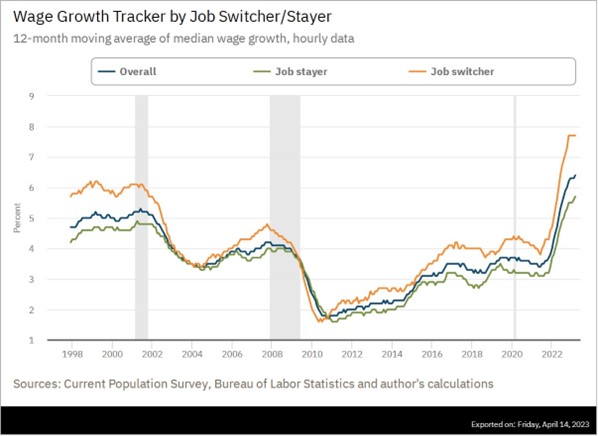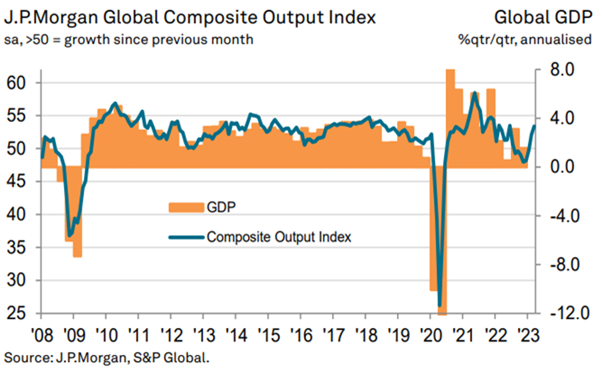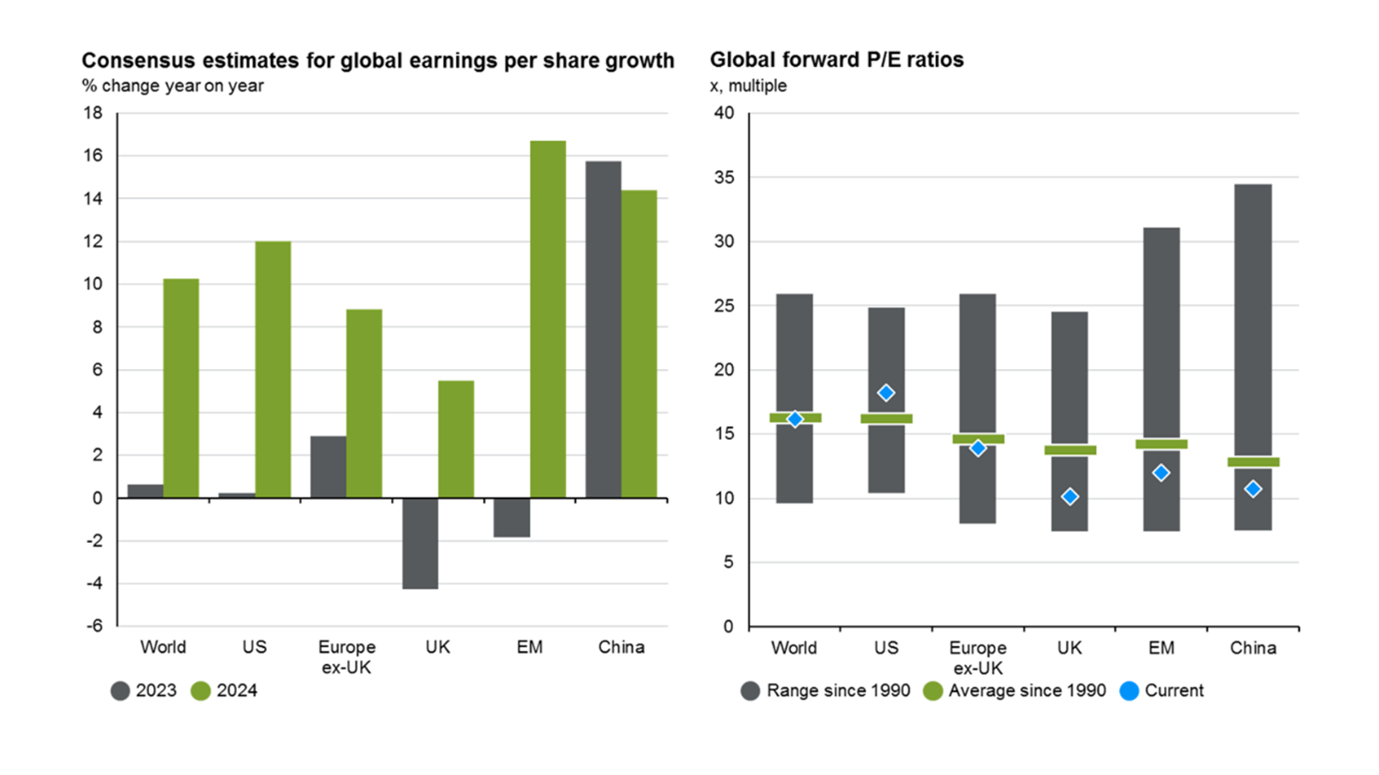Understanding the current state of the World Economy and Markets

Understanding the Current State of the World Economy and Markets
Inflation, Growth, Equities, and Fixed Income
As the first quarter (Q1) of 2023 has now drawn to a close, we look back on how events in global markets have influenced the current state of the economy. The shock waves in the banking sector have had a heavy impact across the economy, so 2023 will see markets trying to recover.
Inflation has fallen, but remains above central bank targets, whilst economic growth has slowed as a result of a reduction in bank lending. Equities are at or below long-term average valuations and corporate profits are expected to show weak growth in 2023. To add further fuel to the fire, the shock waves in the banking sector due to recent events involving Silicon Valley Bank in particular, have left fixed income markets in a highly volatile state, however, not all is negative, with most of these income markets posting positive Q1 returns.
Inflation
Inflation is an important indicator of the health of an economy. The US Core PCE (Personal Consumption Expenditures) is the inflation measure that the Federal Reserve looks at when setting policy. This measure excludes food and energy prices and shows the year-on-year changes in prices - see figure 1. The most recent data shows that inflation has been coming down slowly but surely, but it's still above the Fed's target of 2%. The month-on-month figure is at 0.3%, which annualises to about 3.6%. This is below the year-on-year figure but is still higher than the Fed's target. It's important to note that inflation is not just a US phenomenon, but a global one, with many countries experiencing high inflation – see figure 2.

| October | November | December | |
|---|---|---|---|
| Headliner PCE | 0.4 | 0.2 | 0.2 |
| Core PCE | 0.3 | 0.2 | 0.4 |
Figure 1. Core PCE Inflation. (Source: BEA, 2023)

Figure 2. Global Inflation heatmap. (Source: FT, 2023)
Wages are one of the main drivers of inflation and US wage increases have been substantial, particularly for job switchers, despite the labour market having slowed slightly – see figure 3. This indicates that the labour market remains very tight, which means the number of available jobs are plentiful, while workers are scarce and appears resilient despite the Fed increasing interest rates.

Figure 3. US Wage Growth. (Source: Atlanta Fed, 2023)
Growth
Growth is another important indicator of an economy's health. The Atlanta Fed's GDPNow estimate – see figure 4 – shows that the US economy is still growing at a healthy real rate of 2% (i.e. taking into account inflation). However, the green line on the graph shows that growth has started to slow down after the recent banking crisis, which caused the availability of credit to decline as banks stopped loaning out as much money. Although growth estimates remain high, there's an expectation that growth is likely to slow as a result of the banking crisis.

Figure 4. US Q1 2023 Real GDP Estimate. (Source: Atlanta Fed, 2023)
On a global level, GDP figures show a slowdown going into last year, but the PMI (Purchasing Managers' Index) has picked back up – see figure 5 - particularly in China where the government is starting to stimulate the economy again.
The Purchasing Managers’ Index is an indicator of the economic health of the manufacturing and service sectors. In the first quarter of this year, China spent more on railway investment than at any point in history, indicating that they are pushing for growth.

Figure 5. Global Composite PMI and Global GDP Growth. (Source: JPM/S&P Global, 2023)
Equities

Figure 6. Global equity earnings expectations and valuations. (Source: JPM, 2023)
Equities, or stocks, are a way for investors to invest in the growth potential of companies. Corporate earnings growth is a key indicator of the health of the equity markets. The grey bars on the left-hand graph above show expected earnings growth for 2023 and the green bars show expected earnings growth for 2024. The US market is expected to have weak earnings growth this year, barely above 0%. Europe is expected to have a good year in 2023, bouncing back from a poor year in 2022. Emerging markets, however, are not expected to perform as well.
Fixed income

Figure 7. Market expectations of short-term interest rates. (Source: Bloomberg, 2023)
The first quarter of 2023 brought positive returns in most bond markets. UK gilts rose 2.2%, US Treasuries increased slightly, while Japanese government bonds fell due to uncertainty over the Bank of Japan's yield curve control policy. In the corporate bond space (so, bonds issued by companies looking to raise money), investors in higher credit quality and longer-dated issuances, such as those found in the investment grade space, performed well due to volatility in Silicon Valley Bank (SVB) and Credit Suisse. Meanwhile, European high yield bond performance was down, reflecting its larger allocation to banking debt and its challenging period.
Central banks continued to raise rates in Q1. The Federal Reserve raised rates twice, the Bank of England raised rates in February and March, and the European Central Bank raised rates by 1% in Q1. This led to investors moving into shorter-dated government bonds due to their higher credit quality, low duration risk and the belief that central banks may be less inclined to raise rates further.
Investor expectations for interest rates have changed since March – see figure 7 - with investors becoming more concerned about the impacts of higher rates on the economy. The markets are forecasting rate cuts, but the Fed remains relatively hawkish and is keeping the rates high for longer. The argument is that it's easier to raise rates when inflation is high, but with headline inflation falling and core inflation being more sticky, the argument becomes a lot more difficult.
The market is attempting to call the Fed's bluff on their hawkish stance, but for this scenario to materialise and for the Federal Reserve to cut interest rates, there would have to be a harder landing in the US and a more entrenched recession. While there has been no sign of a significant downturn in the US economy yet, the slowdown in the availability of credit and falling liquidity is cause for concern.
Conclusion
In summary, the world economy is facing challenges related to inflation, growth, and equity earnings. Inflation remains higher than the Fed's target, with wages being one of the main drivers of inflation. The US economy is still growing at a healthy rate, but growth is likely to slow down because of the banking crisis. China is pushing for growth, but other emerging markets are not expected to perform as well.
The equity markets are also facing challenges, with weak expected earnings growth for the US market this year.
Understanding these indicators is essential for investors and policymakers to make informed decisions about the global economy and equity markets. This creates uncertainty moving forward, so whilst we maintain a constructive view on asset classes over the medium term, we do expect elevated volatility moving forward.

Note: This Market update is for general information only, does not constitute individual advice and should not be used to inform financial decisions. Additionally, past performance is not a guide to future returns. Investment returns are not guaranteed, and you may get back less than you originally invested.
- Terms & Conditions
- Privacy Policy
- Key Investor Information
- Complaints
- About us
- Our fees
- FAQs
- Contact us
- Sitemap
- The Private Office
- Savings Champion
As with all investing, your money is at risk. The value of your investments can go down as well as up and you could get back less than you put in. Read more information about risk here. The tax treatment of your investment will depend on your individual circumstances and may change in the future. You should seek financial advice if you are unsure about investing.
Investment Champion Online Limited is an Appointed Representative of The Private Office Limited, which is authorised and regulated by the FCA. Both companies are registered in England and Wales with a registered office at 2 The Bourse, Leeds LS1 5DE. Dealing and custody services are provided by Hubwise Securities Limited which is authorised and regulated by the Financial Conduct Authority FRN: 502619.
Copyright